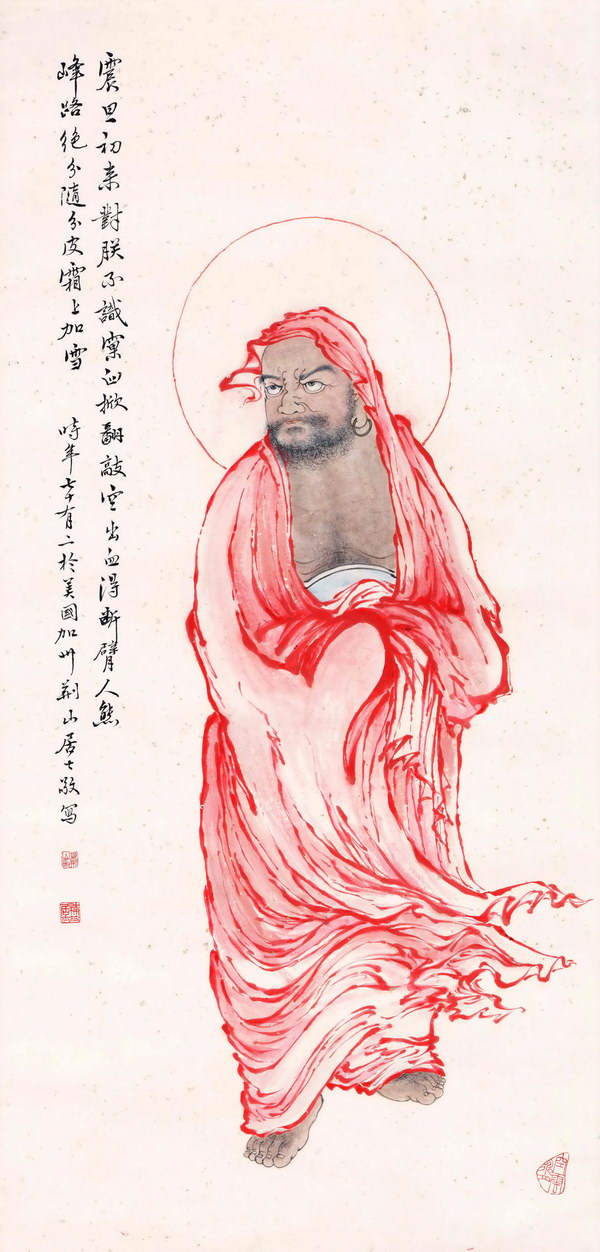
Development of culture and creativity or the cultural and creativity industry has gradually obtained attention of the public sector since 2002. National policies and local economic development in countries around the world both invest a huge amount of resources in the promotion of the creative industry or relevant planning of development of culture and creativity in order to boost national and industrial competitiveness, add production values to culture and creativity,create the cultural industry with local features, improve cultural literacy of the public, and cultivate cultural contents. For the development focus of Taiwan in the cultural and creative industry of other relevant industries, we have seen the trend of increasing subsidies and investment in relevant events, projects,industrial by the public sector as well as the promulgation of the “Draft of Cultural and Creativity Development Act.” The recent development trend of cultural and art grants or industrial investment over the past years has relied more on the law promulgation. Thus, it is easy to find the gap between purpose and basic meanings of promotion between and focuses of relevant event planning and relevant industrial development. At the same time, resources are not evenly and effectively distributed. On the contrary, we are able to learn and refer to many successful stories around the world. Learning from others can improve our shortcomings. By re-examination and reflection of existing planning initiatives and promotional development of culture, creativity, and the industry and comparing to painting and calligraphy art of Master Xia Jing Shan, we are able to find concrete initiatives and reference for future planning of relevant promotion, subsidy, and development initiatives.
